The FIFA World Cup recently kicked off in the stadiums of Russia, unfortunately without the boys in green. Due to Ireland’s absence from the tournament, Irish team doctor Dr Alan Byrne is still in Dublin, where he works as a consultant in Sports and Exercise Medicine in the Beacon Hospital and also as a GP in his practice in Knocklyon.
While the team’s absence from the World Cup reduces his work commitments with the Football Association of Ireland (FAI), there are still duties that must be fulfilled.
“Some of them (the players) are recovering from injury and I have been in regular contact with those players, such as James McCarthy, who is recovering from a fractured tibia,” Dr Byrne, who is also Medical Director of the FAI, told the <strong><em>Medical Independent </em></strong>(<strong><em>MI</em></strong>). “I have been in contact with Everton FC to check if he is doing well.”
“Between now and September, I won’t be working specifically with the national team, but I’ll be working in the background.”
<img src=”../attachments/ec2b3ba8-13e8-4678-bb03-5e5d99199667.JPG” alt=”” />
<strong>Dr Alan Byrne</strong>
Dr Byrne’s father is Johnny Byrne, a former Shelbourne FC manager. His family background gave Dr Byrne a deep love of the game. He served as team doctor for Shelbourne between 1993 and 1999, before the opportunity came to be team doctor of the national football team.
“My predecessor [as Irish team doctor] was Mr Martin Walsh, an orthopaedic surgeon. He asked me if I could help out and I looked after the women’s team for the first year, and then I went through there to the under-15 boys’ team for about four years. Then Martin Walsh retired and the position was up for interview. I interviewed for the job and was appointed in December 2003.”
And he has never looked back since. “This is my 15th year in the job now and sports medicine was more or less in its infancy back then,” said Dr Byrne.
<h3 class=”subheadMIstyles”>Challenging times</h3>
Ireland’s next match is away against Poland in an international friendly next September. But contrary to general perception, a team doctor’s role actually begins weeks before a scheduled match is played.
“In the lead-up to a typical squad announcement two weeks before a match, there’s the checking-up with the English clubs, where most of them play,” Dr Byrne said.
His responsibility is to communicate with the relevant medical staff of the clubs on the medical conditions of the players. The Irish senior team manager, Martin O’Neill, is then informed on the availability of a player to come into training camp and whether they are fit enough for team selection.
“When they come into the camp, it’s about managing those problems; there are lots of minor injuries happening throughout the course of the camp. And I link and communicate with the management team, with the unbelievable support of the physiotherapists who work with me, and the other medical professionals. It’s really about decision-making and preparation and really preparing in a forensic way for all eventualities with the support network.”
Decision-making and conscientious preparation are especially important when preparing teams for a major tournament, which is one of the milestones in the players’ careers and is also a major event for staff. While Ireland’s absence from the World Cup 2018 is disappointing, the process of preparing for the past two European Championships have been highlights of Dr Byrne’s career.
Euro 2012 in Poland and Ukraine was Dr Byrne’s first participation in the finals of a major tournament as team doctor, and preparing for the tournament was a mammoth exercise in itself.
“From November, when we beat Estonia, we started the process [of preparation]. It’s like having an extra working day. We visited Poland/Ukraine and made sure the facilities [dentistry, cardiology, imaging, physio-rehabilitation] are there. All the players needed to have a cardiac assessment and there were communications with the different clubs.”
<h3 class=”subheadMIstyles”>Training and injuries</h3>
Injuries are common in all sports and this is especially the case in a physical contact team sport, such as football.
The most common injuries footballers face are injuries to the lower limbs, including muscle strains, hamstring injuries and ankle ligament injuries.
Over the years, Dr Byrne has witnessed different variations of injuries. These have ranged from the relatively minor to the life-threatening.
“On the field of play, I suppose most famously — Shane Duffy nearly dying in the training ground, where he nearly bled to death — was challenging at the time. I’m not breaking any confidence with the manager, but Giovanni Trapattoni [then senior Irish team manager] at that time also become unwell and had a surgical problem. And most recently is the case of Seamus Coleman’s fractured tibia in March last year against Wales, and Robbie Brady’s concussion in the same year.”
Injuries are an unavoidable part of the game. All that can be done is to reduce the risk factors as much as possible, and to manage injuries more efficiently.
While Dr Byrne does not take part in the ins-and-outs of regular training sessions, he does have a say on the training sessions for injured players.
“I work with Dan Horan, our fitness and conditioning coach, a physiotherapist and our sports scientist. We’ve got three physiotherapists and an osteopath. We would sit down and maybe if somebody is recovering from an injury, we would look to manage their load and maybe share that information with the club.
“Sometimes the players will come over to us and continue the rehabilitation, with a view perhaps to playing if they’re recovering from injury. Then I will liaise with the club, their division and their sports scientists, fitness scientists, and with our guys. So with injured players, yes [they are involved in training]. Our fitness and conditioning coach would liaise with the coaching staff on the content of the normal training sessions.”
Over the years, football players have benefitted from the vast improvement of football medical science, but Dr Byrne notes that there are some injuries that have continued to increase in frequency, such as hamstring injuries.
“Hamstring injuries, despite all of our attempts to prevent them, to improve recovery; they’re actually increasing. We don’t know why that is so, but there’s definitely an increase in hamstring injuries. We’re not getting players back sooner than we used to, despite lots of interventions. There has been an interesting study, as part of the UEFA longitudinal analysis, about the management and coaching styles that can have an influence on injuries. Like anything to do with this area and other areas of medicine, there are many different factors that are involved. There’s no doubt that when you look at the strength, the size and athleticism of the players, so much has changed.
<img src=”../attachments/c3e6c3b6-c9bf-4474-9bea-e5a416fc6017.JPG” alt=”” />
<strong>Ireland’s Robbie Keane after his last appearance for the team, with manager Martin O’Neill, Dr Alan Byrne and other back-room staff</strong>
“Our players go to the gym before training. I’d say 10 years ago, maybe a few might, but now they all go. And some of them might go after training in the afternoon. I presume that contributes in some way to the level of trauma that can be experienced,” Dr Byrne explained.
<h3 class=”subheadMIstyles”>Looking to the future</h3>
After this summer, Dr Byrne is eager to return to footballing action with the team and hopefully help Ireland qualify for Euro 2020.
“I’ve been lucky to be involved with the team for a long time, so there are players like Damien Duff, Robbie Keane, Shay Given, John O’Shea, who’ve all reached 100 caps or more and I had the pleasure of looking after them. To form a strong professional relationship with them has been very satisfying. The staff we have are a really great group of people to work with, and that makes everyday work in a team environment very enjoyable. It’s very difficult to beat watching fans enjoying our team winning. It’s an incredible experience.”
Being a GP at his practice, Consultant in Sports and Exercise Medicine at Beacon Hospital, Medical Director for the FAI and team doctor of Ireland’s national football team, Dr Byrne is thoroughly engaged with different areas of his profession.
“It gives a lot of variety in work and tests a lot of skill sets,” he said. “I’ve enjoyed the mix of different types of challenges that different jobs present.
“But it’s very important to emphasise that players are patients as well.”
<div style=”background: #e8edf0; padding: 10px 15px; margin-bottom: 15px;”> <p class=”subheadMIstyles”><strong>On the changes in football medical staff</strong>
“My first game was on 18 February 2004 against Brazil. It was a friendly. There was me, a physiotherapist and a masseur. Now, we have an orthopaedic surgeon, three physiotherapists, an osteopath and sports scientist, a performance analyst and a chef.
“We’ve got unbelievable radiology support from Prof Steve Eustace. I’ve mentioned the orthopaedic surgeon, Prof John O’Byrne; equally the Beacon, Mr Maurice Neligan and Mr Gary O’Toole, both orthopaedic surgeons [are also involved]. Mr O’Toole operated on Seamus Coleman with Prof John O’Byrne. So the qualification, number of staff and variety of staff has really expanded.”
<p class=”subheadMIstyles”><strong>On media attention to sports injuries</strong>
“I think the attention from the media has really increased, where people are interested in what the injury is. I noticed when England entered their camp [for the World Cup 2018], there was talk of one of the players picking up a knock from training. I think it was [Marcus] Rashford. If there’s any injury, it will attract attention because people are interested. There’s more focus and pressure as a result of that. There’s also more politics involved.”
</div>
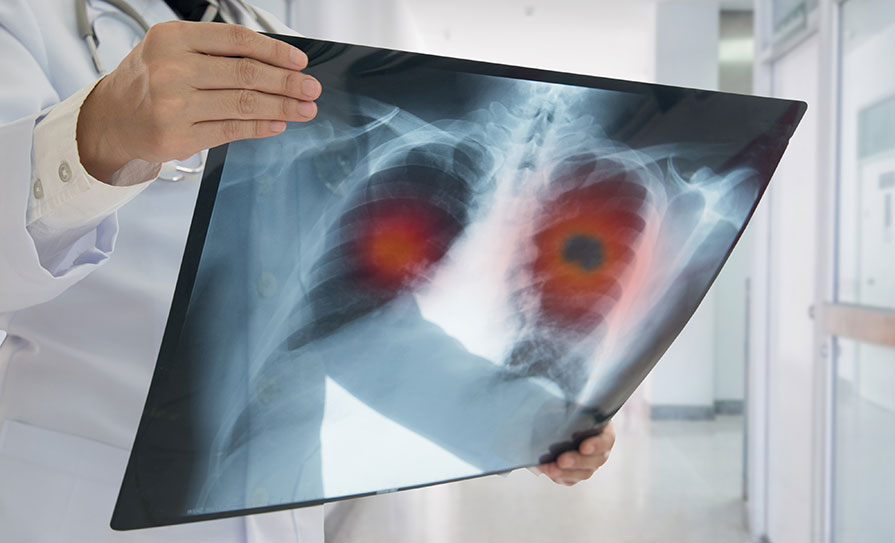
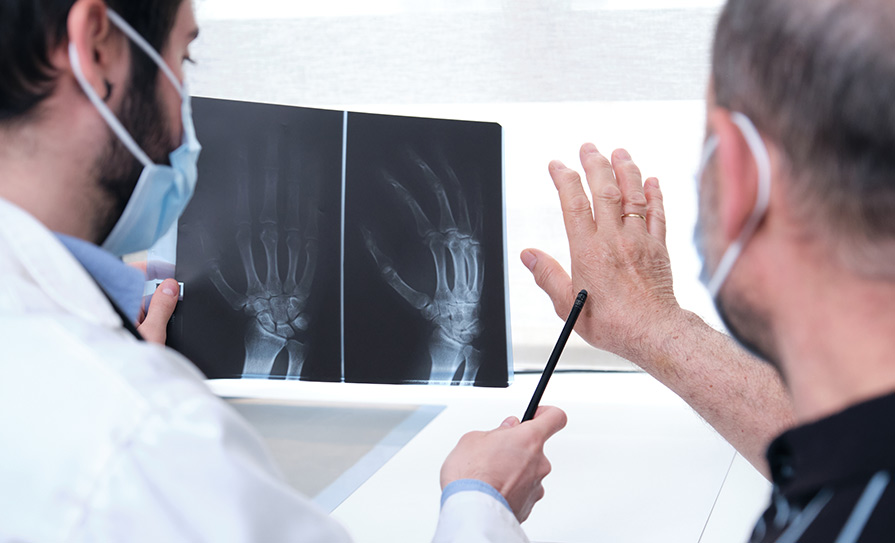
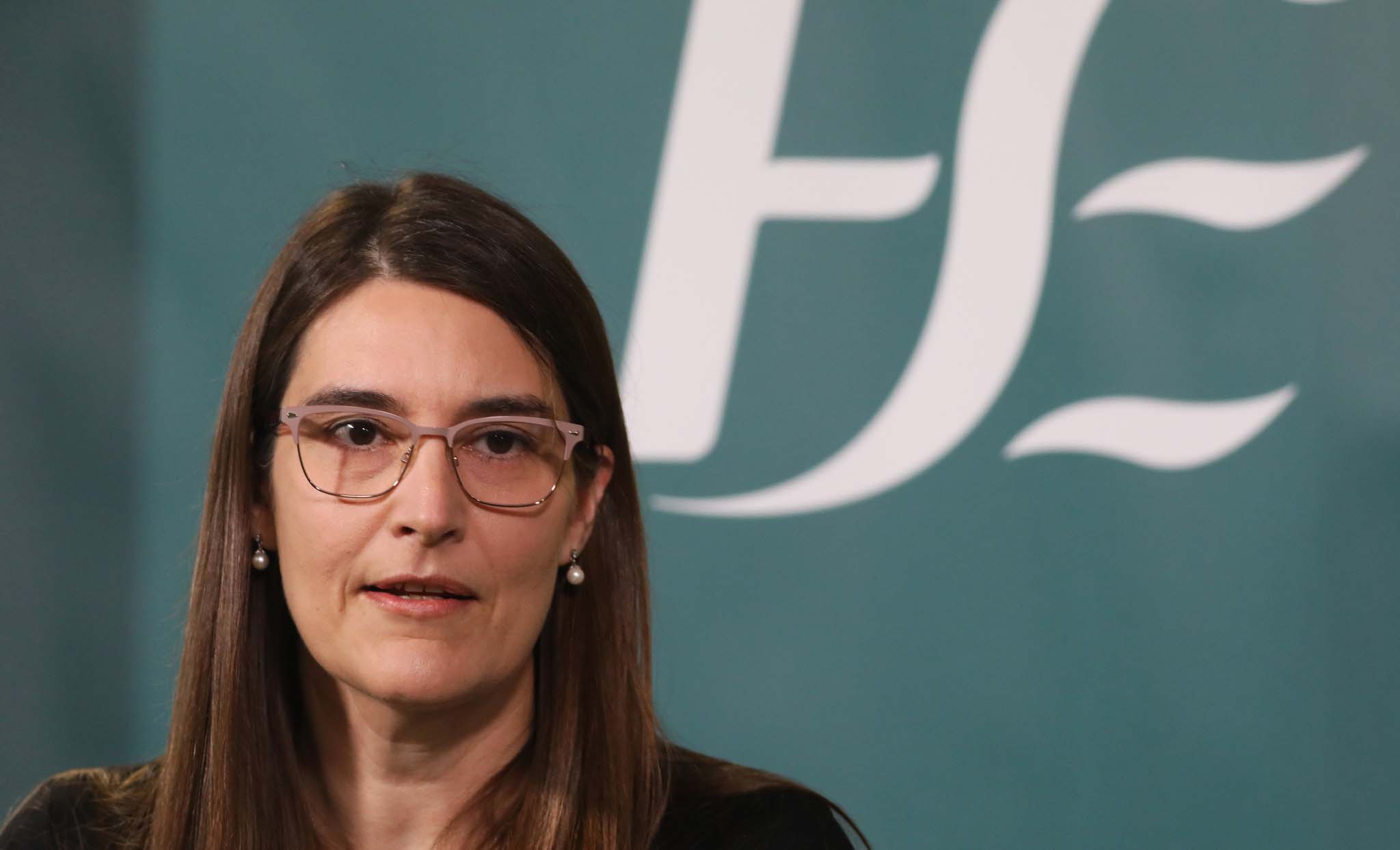
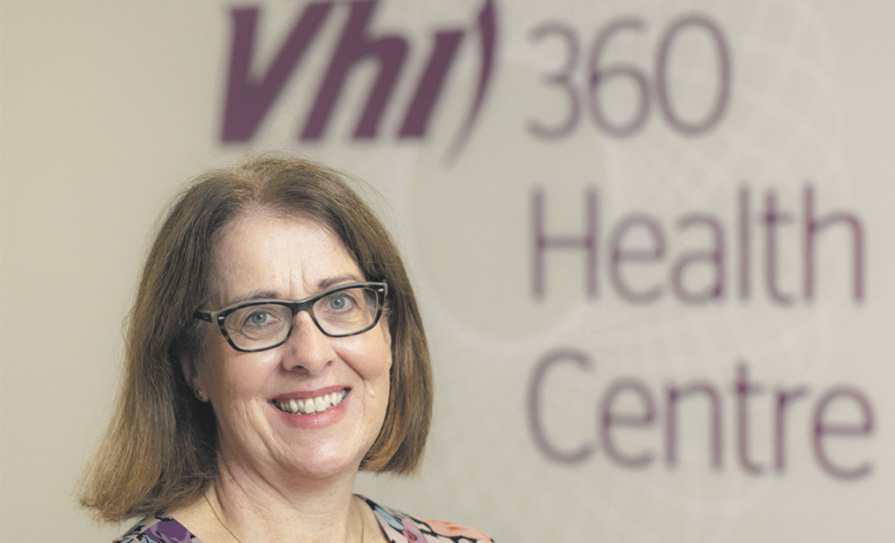


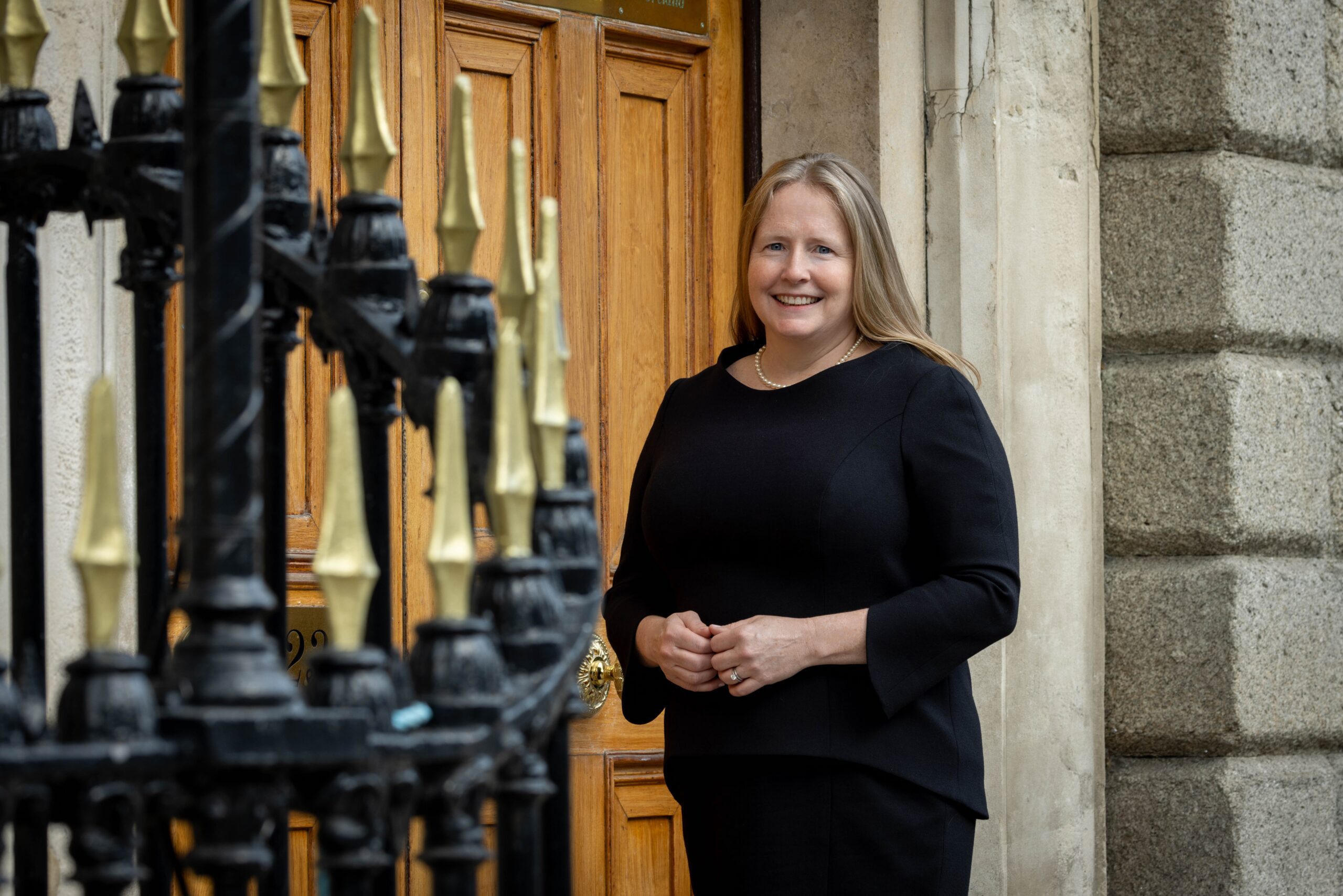
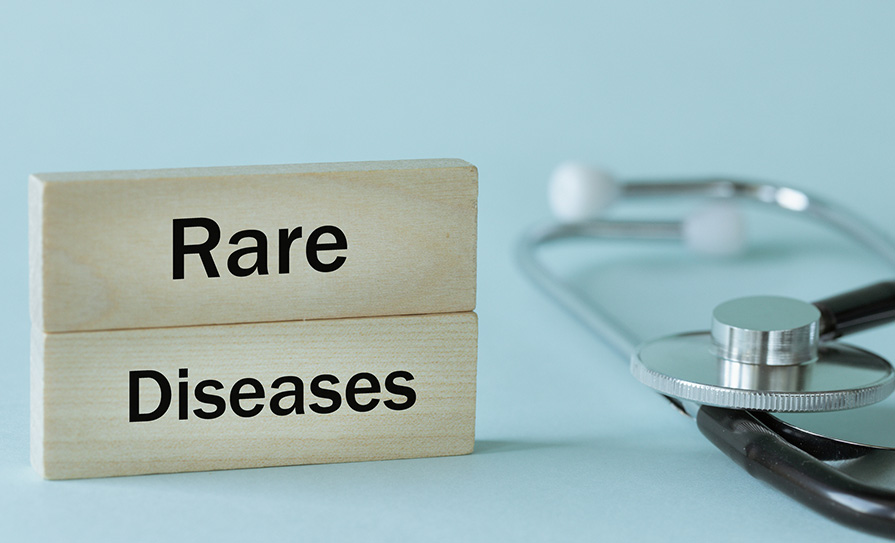




Leave a Reply
You must be logged in to post a comment.